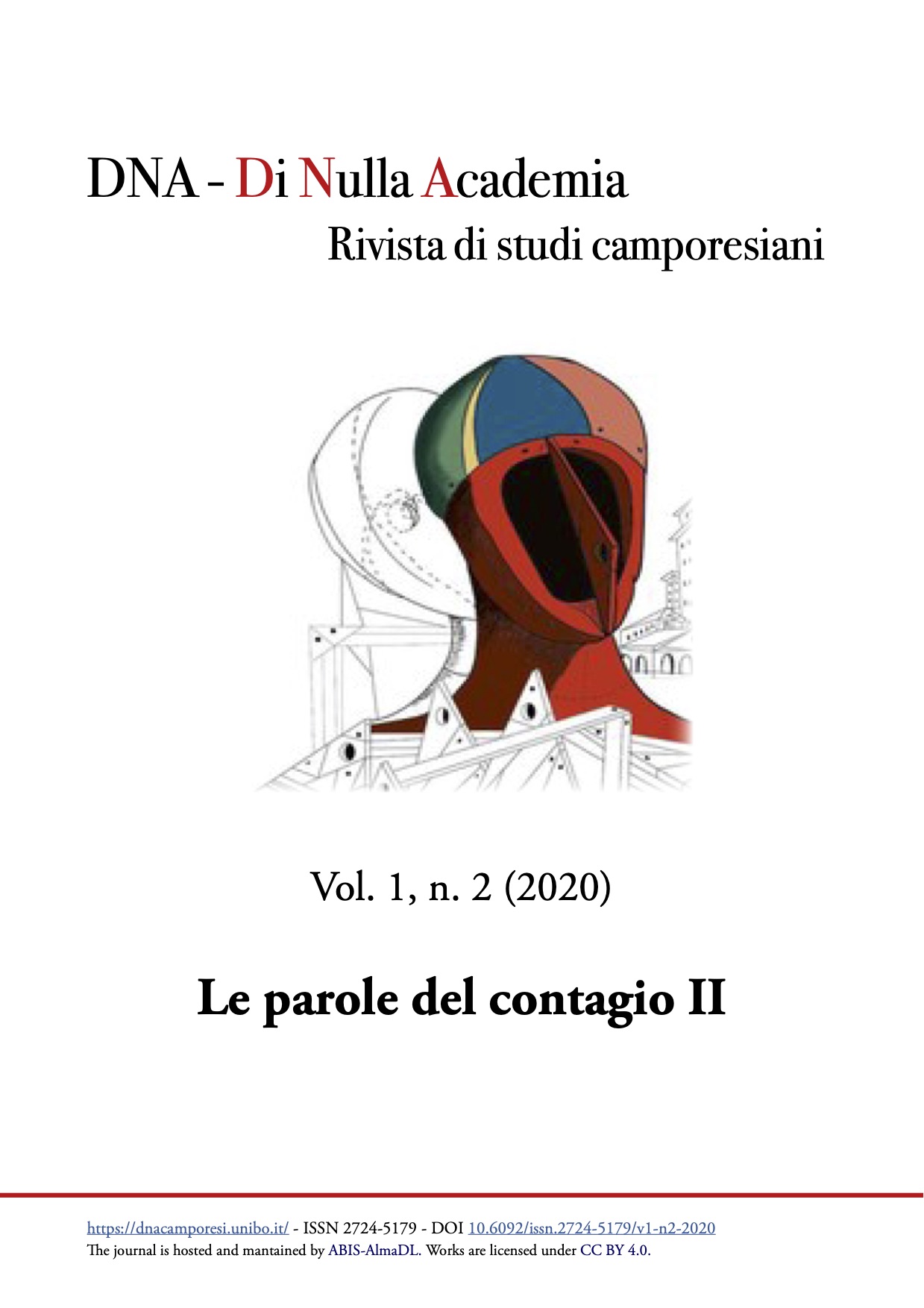#iorestoacasa #noirestiamoacasa: the forms and timing of adaptation to social distancing
DOI:
https://doi.org/10.6092/issn.2724-5179/12317Keywords:
daptation, basic emotions, defence mechanisms, attachmentAbstract
The purpose of this article is to illustrate the main neurobiopsychosocial factors involved in the adaptation to the COVID-19 epidemic. In particular, the ways and times through which the adaptation is configured are described. Psychobehavioral reactions are examined from the earliest stages of the epidemic spread in our country, even before the pandemic one. The extent and profound implications involved in the change in individual and collective life resulting from the pandemic are also linked to the socio-political and cultural organization of the countries affected in the various continents. This work specifically aims to highlight how the regulatory measures, adopted in order to prevent the contagion from COVID-19 and limit its consequences, have bases in the relational and instinctual behaviors of human nature. We therefore briefly examine both the neurobiological and psychosocial dispositions facilitating adaptation and changes, and those that are configured as individual and collective resistances capable of significantly changing the times and ways of adaptation making it dysfunctional on an individual and social level.
Downloads
Published
How to Cite
Issue
Section
License
Copyright (c) 2021 Marina Farinelli

This work is licensed under a Creative Commons Attribution 4.0 International License.





